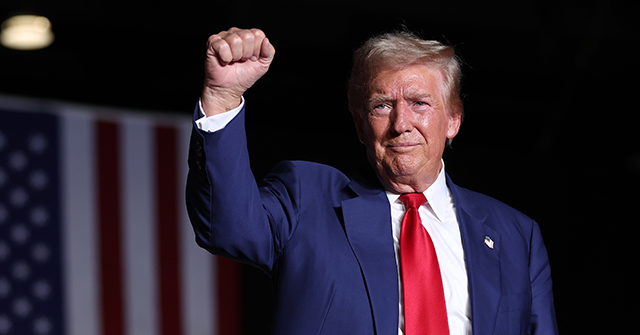In recent years, the impact of inflation, often referred to as “Bidenflation,” has severely affected seniors who live on fixed incomes. This economic strain has prompted many elderly voters in crucial swing states such as Pennsylvania, Michigan, and Wisconsin to reconsider their support for the Joe Biden-Kamala Harris administration and shift their allegiance to Donald Trump, who has committed to addressing inflation and reducing healthcare expenses. Given the unique financial circumstances of seniors, the rising costs of living due to inflation have become a driving political issue, compelling this demographic to seek leadership that promises to alleviate their hardships.
The Biden-Harris administration’s response to the inflation crisis has been criticized as insufficient. Their centerpiece legislative effort, the Inflation Reduction Act (IRA), initially promised to lower prices for seniors, backed by substantial funding from the AARP aimed at garnering political support for the bill. However, the IRA fell short of delivering on its promises, as it funneled substantial resources away from Medicare, redirecting funds to other interests, particularly in promoting electric vehicles manufactured primarily in China. This misallocation of resources, branded as an effort to address inflation, has compounded seniors’ financial difficulties rather than alleviating them.
As a direct consequence of the IRA, many seniors have seen a significant rise in their Medicare premiums. With a staggering 20 percent increase this year alone, forecasts suggest that seniors could face an additional 50 percent hike in premiums next year. This financial burden is not merely an inconvenience but represents a substantial threat to the budgets of millions of retirees, highlighting the disconnect between government policy and the realities of everyday life for seniors who are already navigating fixed incomes.
In addition to escalating premiums, the IRA repealed key protections that previously helped seniors manage their medical expenses, specifically the Trump Rebate Rule. This rule was instrumental in reducing out-of-pocket costs related to prescription drugs and curbing the excessive pricing practices of pharmacy benefit managers. The absence of these safeguards, following the IRA’s enactment, has left seniors vulnerable to unchecked billing practices, further exacerbating their financial woes in an already challenging environment.
Moreover, the IRA has introduced bureaucratic hurdles that threaten the viability of Medicare Part D, transforming a formerly market-driven program into an overly regulated system marked by government price controls. The establishment of a new $3 billion bureaucracy under the IRA could hinder seniors’ access to essential medications, fundamentally undermining the program that was designed to deliver affordable drugs to this demographic. This government intervention risks displacing the existing efficiencies that seniors have relied upon, raising questions over the future accessibility of vital healthcare resources.
Amid these troubling developments, Donald Trump has presented a contrasting vision aimed at restoring stability for seniors. He has pledged to dismantle the components of the Green New Deal and rescind unspent funds from the IRA, thereby reallocating these resources back to Medicare and reducing the burdens placed upon seniors. Trump’s proposed reforms include reinstating the Trump Rebate Rule, lowering Medicare premiums, and rejecting unnecessary government price-setting initiatives, thereby providing a pathway for genuine relief. As the election approaches, senior voters are in a pivotal position to influence the outcome, especially as they weigh the failures of the Biden administration against Trump’s promises of substantive reform.

